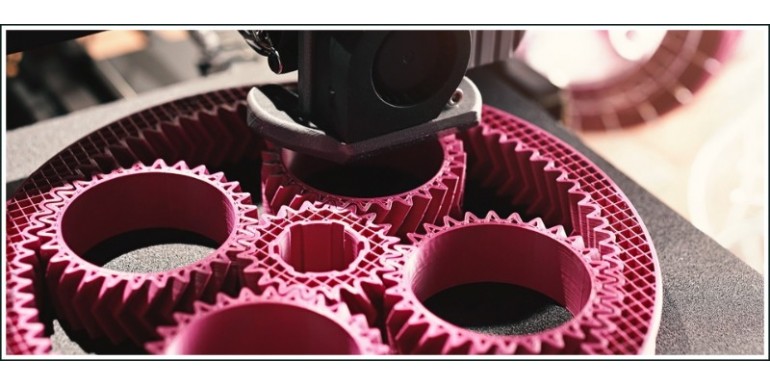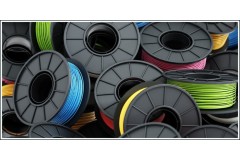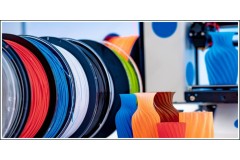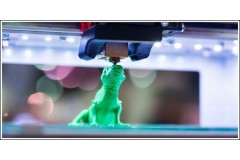
PLA filament is one of the most popular materials used in 3D printing due to its ease of use and versatility. However, one common issue with PLA printing is achieving proper adhesion to the print bed. If the filament doesn't stick properly to the bed, it can result in a failed print. Fortunately, there are several solutions available to help overcome PLA adhesion issues.
Clean the Print Bed :
One of the most important steps in ensuring good adhesion is to make sure the print bed is clean. Even the slightest residue or debris can cause adhesion problems. A simple solution of soap and water can be used to clean the bed, but be sure to avoid using any abrasive cleaning agents that could damage the bed.
Use a Print Bed Adhesive :
Another option to help with PLA adhesion is to use a print bed adhesive. There are a variety of products available, such as glue sticks, hairspray, and specialty adhesives designed specifically for 3D printing. These products can be applied to the print bed before printing to create a sticky surface for the filament to adhere to.
Adjust the Bed Leveling :
Improper bed leveling can also contribute to PLA adhesion issues. It's important to make sure the print bed is level to ensure proper contact between the filament and bed. Many 3D printers have an automatic bed leveling feature, but if not, manual bed leveling should be performed before each print.
Increase the Bed Temperature :
Increasing the temperature of the print bed can also help improve PLA adhesion. PLA has a relatively low glass transition temperature, which means it can be prone to warping and lifting from the bed. Increasing the bed temperature can help the filament adhere better to the bed and reduce the risk of warping.
Use a Raft or Brim :
Using a raft or brim is another solution to help with PLA adhesion. A raft is a base layer that is printed beneath the actual print, providing a larger surface area for the filament to adhere to. A brim is a thin layer that is printed around the base of the object, providing additional support and adhesion. Both of these options can help prevent warping and ensure successful prints.
In conclusion, PLA adhesion issues can be frustrating, but there are several solutions available to help ensure successful prints. By following these tips and techniques, you can achieve better adhesion and increase your chances of a successful 3D print.



